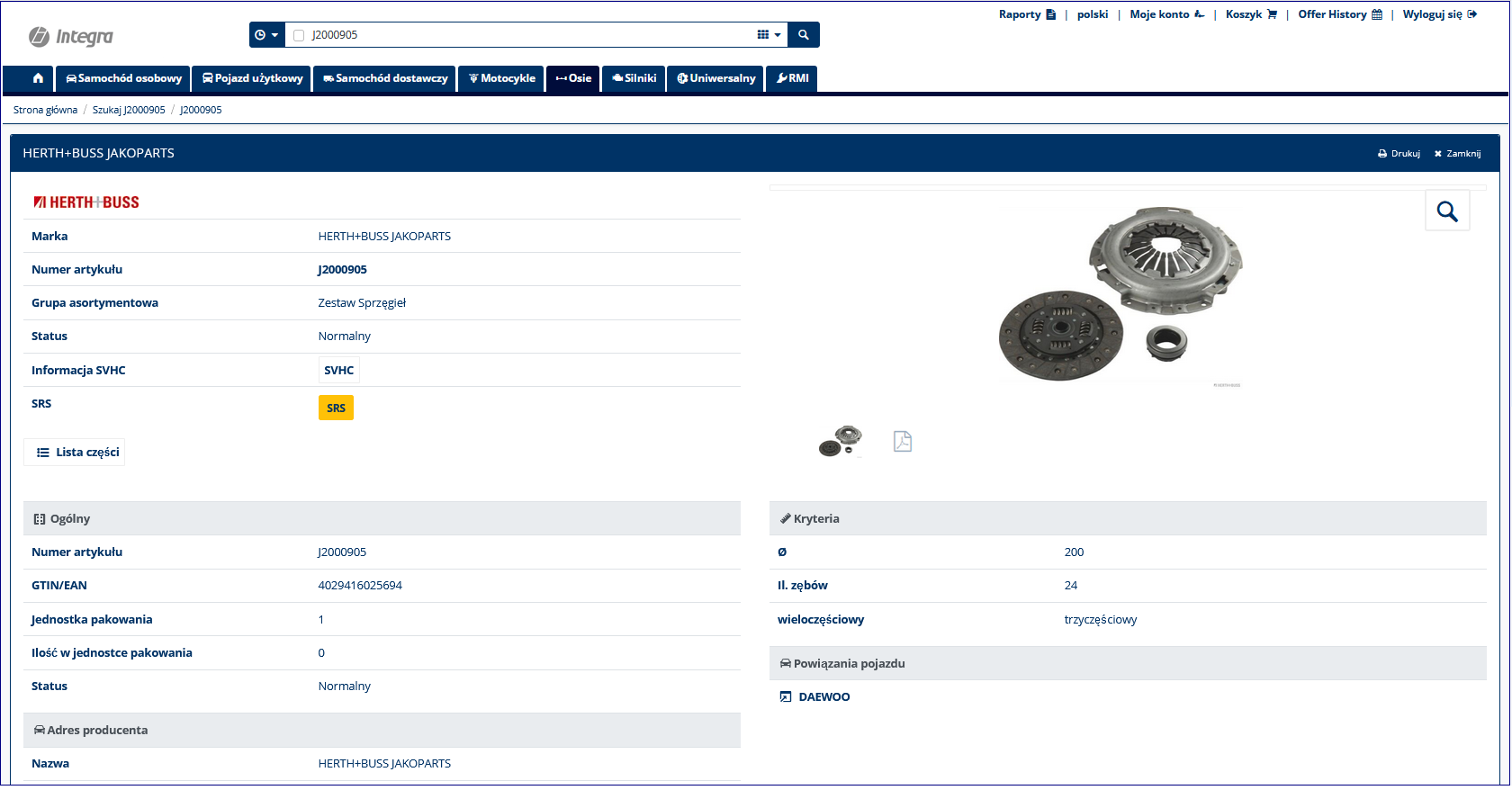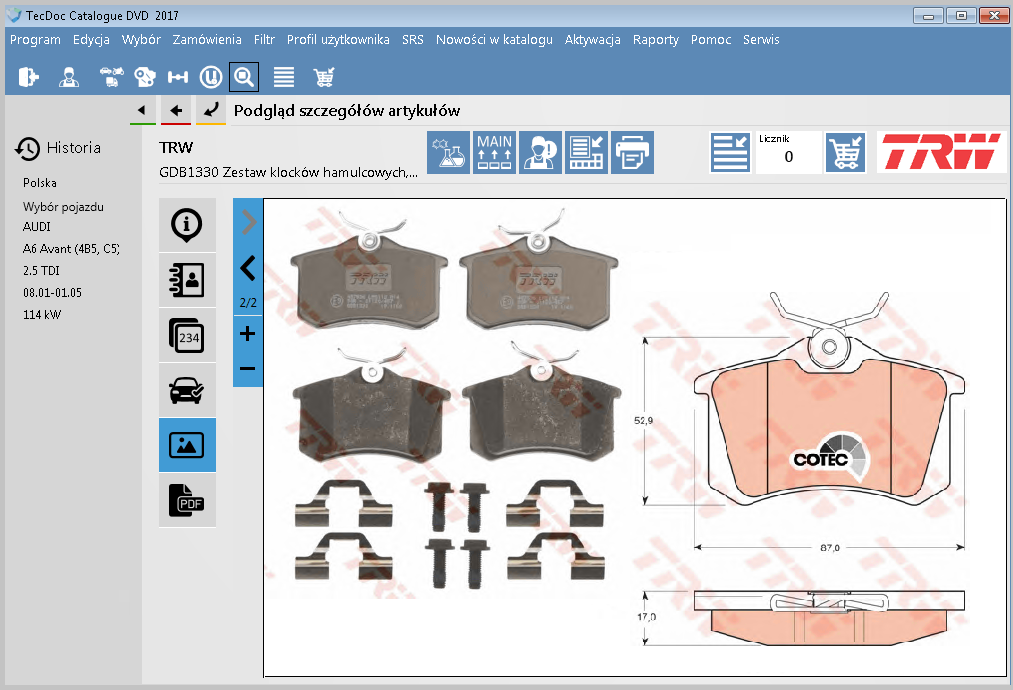

It is clear that depending on the type of part whose applications we wish to define, more or fewer properties will be required to specify exactly where the part can be installed. It may seem a bit complicated, but it is helping us establish, with maximum precision, with what combination of vehicle properties a given part can be installed.

Engine: B5254T2, B5254T9… (as many as necessary).This mechanism is not the only way to define the parts’ applications: there is also what is known as configuration fitment, which consists in establishing for each part, and on the basis of some 30 or 40 vehicle properties, the values for these properties with which the part is compatible (sometimes we can even establish values of properties with use restrictions, that is, which establish incompatibilities).Īn example of configuration fitment could be: But do we really know what it is, the advantages it brings to the market and the intrinsic limitations it has? The “TecDoc ktype” is nothing more than a numeric identifier associated with a vehicle definition (brand, model, type, year) and used by the various brands to link their products. All of us who work in the world of vehicle parts and handle parts data are familiar with the term “TecDoc ktype”.


 0 kommentar(er)
0 kommentar(er)
